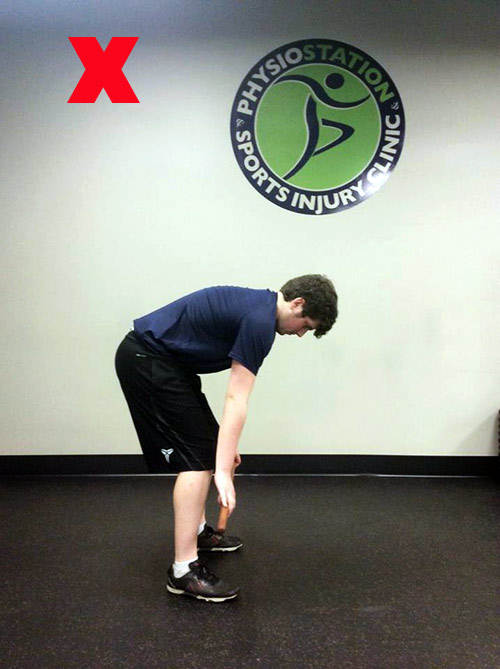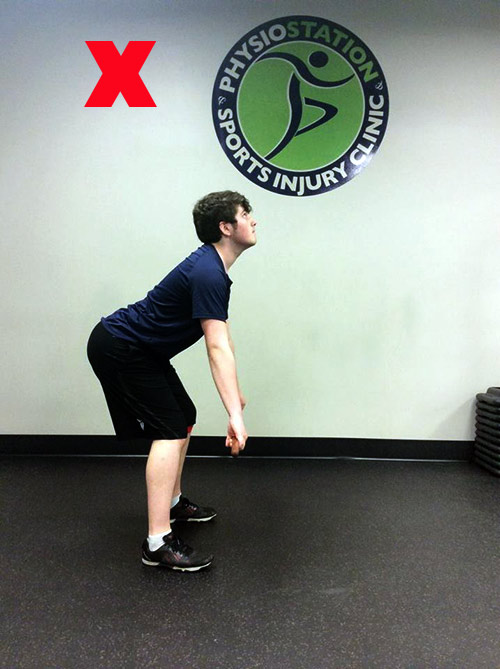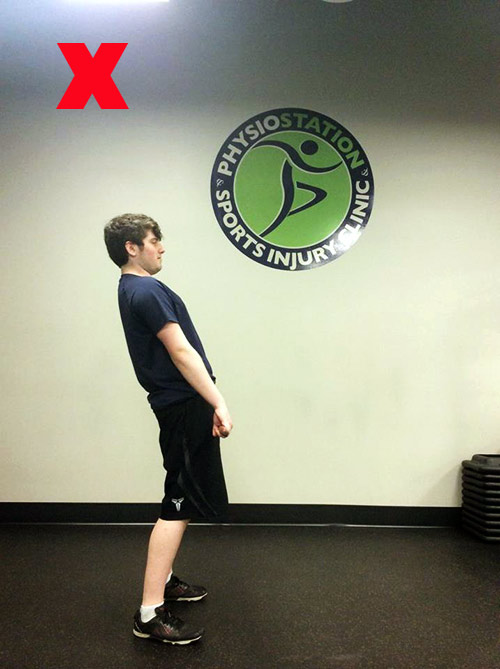Deadlifts are an extremely functional exercise but can lead to problems if done incorrectly. A properly executed deadlift can work your entire body and will help in your daily lifting activities, minimizing the likelihood of injury.
This exercise is one of the most challenging exercises to accomplish which is why many are afraid to incorporate it into their workout, or have ended up injuring themselves during the execution. Being able to execute a deadlift with proper technique takes time and may require help from a personal trainer but once you are able to master the deadlift, it can be one of the most effective exercises at the gym.
Here are the steps on how to set up and execute a basic conventional deadlift. Please review the Par-Q prior to exercising or get clearance from a health care professional if you experience any pain or may have a medical condition or injury.
Muscles Involved: Posterior Chain = Glutes, Hamstrings, Core, Shoulders and Back.
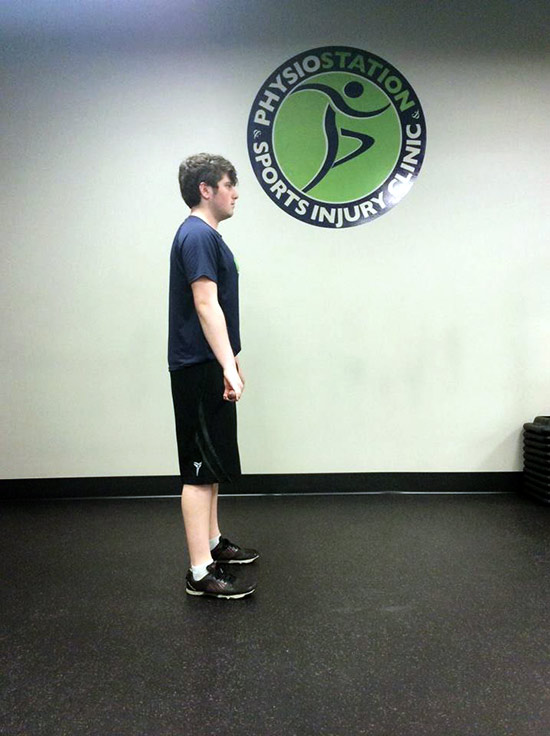
The Set Up
- Make sure to start with a good warmup (Include cardiovascular & dynamic/active stretching);
- Feet are hip width apart with toes pointed forward;
- Keep your back straight, chin leveled and core engaged throughout the entire movement;
- Start with low weight (or just the bar) and perform a couple practice repetitions before progressing weight.
The Movement
- As you lower the bar, hinge from your hips and slightly push your hips back until the weight is approximately in line with your knees;
- Keep the bar as close to your body as possible during both the down phase and up phase;
- Maintain a neutral spine and avoid rounding your shoulders, arching the back or looking up;
- As you bring the weight back, engage your hamstrings and glutes (you should already have your core activated) and thrust in with your hips as opposed to pulling up with your back;
- As you thrust your hips forward, you want your legs to straighten out simultaneously so that your hips and knees are aligned with the feet.
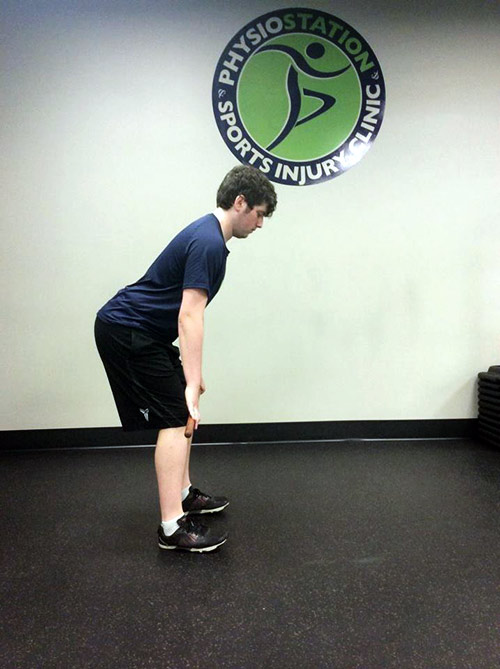
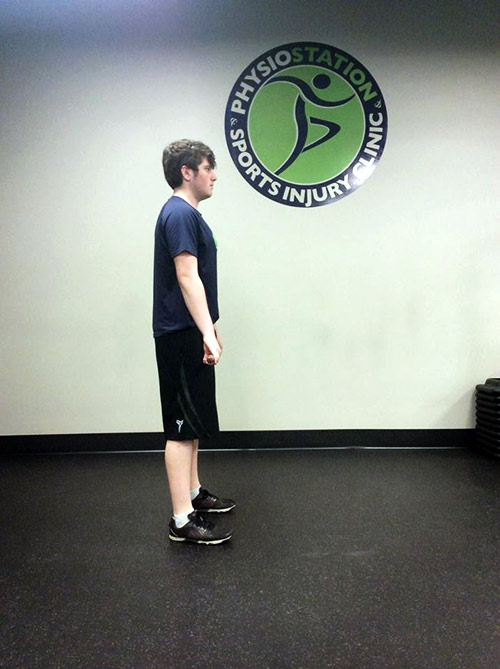
Common Mistakes
- Rounding the back and shoulders;
- Looking up or poking chin out leading to neck hyperextension;
- Hyperextension during the up-phase;
- Squatting by bending the knees too much instead of maintaining a slight knee bend;
- Bending the elbows while holding the weight (keep arms straight during the entire movement);
- Holding the weight/bar too far from the body putting majority of the load on your lower back.
